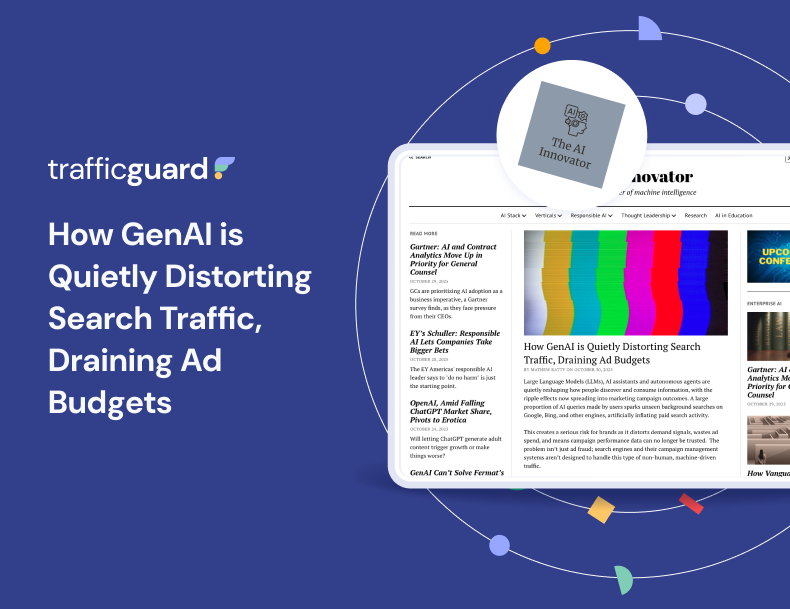Why Privacy-Enhancing Technologies Can Be the Future of Adtech?

In today’s digital world, privacy breaches have become more common and unraveled gateways for hackers to access data. In light of this, organizations were compelled to take the required steps to safeguard consumers while assisting with and attending to the sector’s needs. This is where privacy-enhancing technology (PET) came to light by allowing businesses to accelerate safe data collaboration, customer intelligence, and data value maximization without abandoning control or jeopardizing consumer privacy. In addition, given the direction of the privacy landscape from a regulatory and technology point of view, it becomes safe to say that implementation of privacy-enhancing technology is going to form the future foundations of the ad-funded internet. So let’s delve into the concept and why it can be the industry’s future.
Privacy Enhancing Technology: An Understanding
The term “privacy-enhancing technology” refers to tools created to improve digital environments’ privacy and security. These technologies consist of homomorphic encryption, differential privacy, and anonymization. Privacy-enhancing technology aims to strike a balance between privacy and usefulness and emerging as a promising solution to the growing concerns in the ad tech industry about collecting and using personal data. Thus, by reducing the amount of personal information shared with advertisers and other third parties, PTE can be used in the ad tech sector to protect user privacy. And all technologies have advantages and disadvantages, and none should be regarded as superior or inferior. So let’s explore some pros and cons in detail.
Read more 👉 Why privacy-enhancing technologies can be the future of Adtech?
Get started - it's free
You can set up a TrafficGuard account in minutes, so we’ll be protecting your campaigns before you can say ‘sky-high ROI’.
At TrafficGuard, we’re committed to providing full visibility, real-time protection, and control over every click before it costs you. Our team of experts leads the way in ad fraud prevention, offering in-depth insights and innovative solutions to ensure your advertising spend delivers genuine value. We’re dedicated to helping you optimise ad performance, safeguard your ROI, and navigate the complexities of the digital advertising landscape.
Subscribe
Subscribe now to get all the latest news and insights on digital advertising, machine learning and ad fraud.







